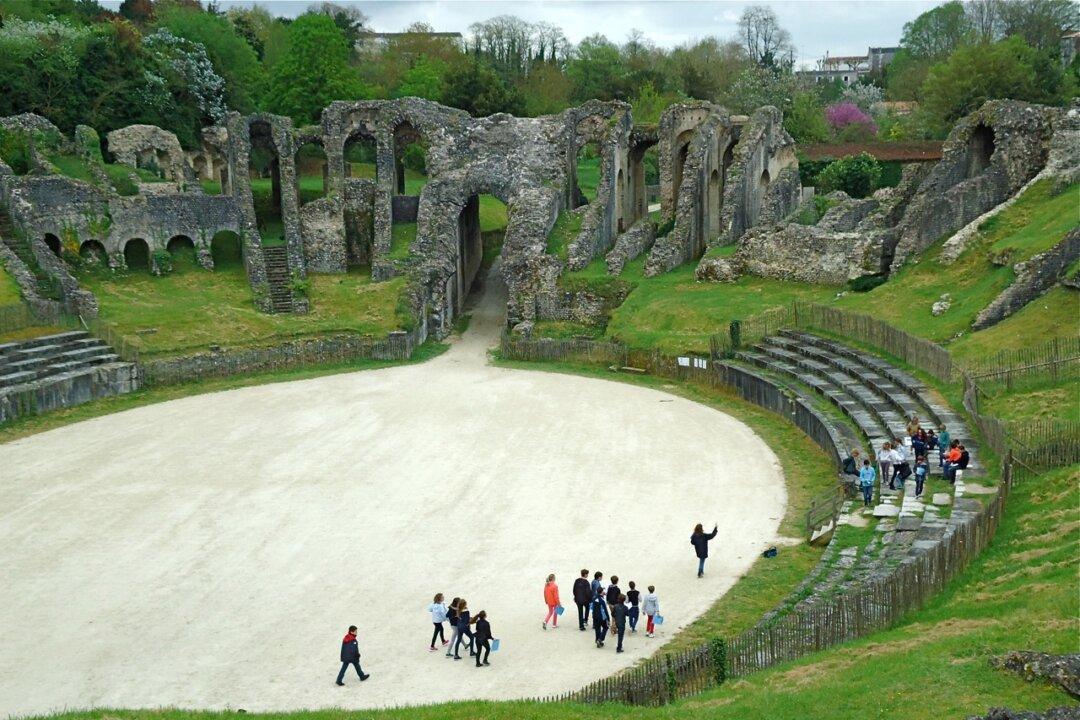I could hear the bagpipes playing from half a mile away. In this remote village in France it was an unexpected sound. Peddling down a bumpy cobbled track on my bicycle I found three pipers in navy uniforms, practicing.
I was six miles off the coast of western France on the Isle d‘Aix, a tiny island in the Atlantic not even two miles long and accessible only by ferry and navigable only by foot and bicycle. I had come here to watch the departure of a fabled tall ship, the Hermione, as she sailed down the Charente River, past Isle d’Aix, and began her voyage across the Atlantic to the New World.
In March 1780 the Marquis de Lafayette sailed from nearby Rochefort on the first Hermione, together with four other French frigates and 5,500 men, to support General George Washington and the American War of Independence. To honour that Franco-American connection, an exact reproduction of the Hermione had been built and I was here to see its send-off. The practicing bagpipers formed the heart of the ship’s bon voyage band.





